Report this entry
More from the same community-collection
Dr. Sue Schook Elementary School - El Paso Texas
On Monday, Jan. 22, 2007 the Socorro Independent School broke ...
Francisco Madero and Annie (Meyer) Kleyhauer on May 11, 1911
My grandparents, Alfred D. and Annie Kleyhauer, and other ...
Pete Melendez Local El Paso Boxer 1933-2009
" Award winning sports journalist Ray Sanchez wrote in his ...
MUSE Gold Award for Multimedia Installations - 2016
The MUSE Gold Award for Multimedia Installations given to the El ...
Welcoming Soldiers On The Plane - 1970
Patti Olivas was a stewardess during the Vietnam Wartime and ...
Overseas National Airways - 1970
These are all stewardess during the Vietnam War Era. Right to ...
Patti Olivas Demonstrating The Oxygen Mask - 1970
I was a stewardess for Overseas National Airways during the ...
Overseas National Airways - 1970
I flew for Overseas National Airways during the Vietnam War - ...
Bronze Star - Fernando Villela - 1969
For heroism in ground combat against a hostile force in the ...
Fernando F. Villela - Vietnam - 1969
Fernando F. Villela laying down after a fire-fight from treeline ...
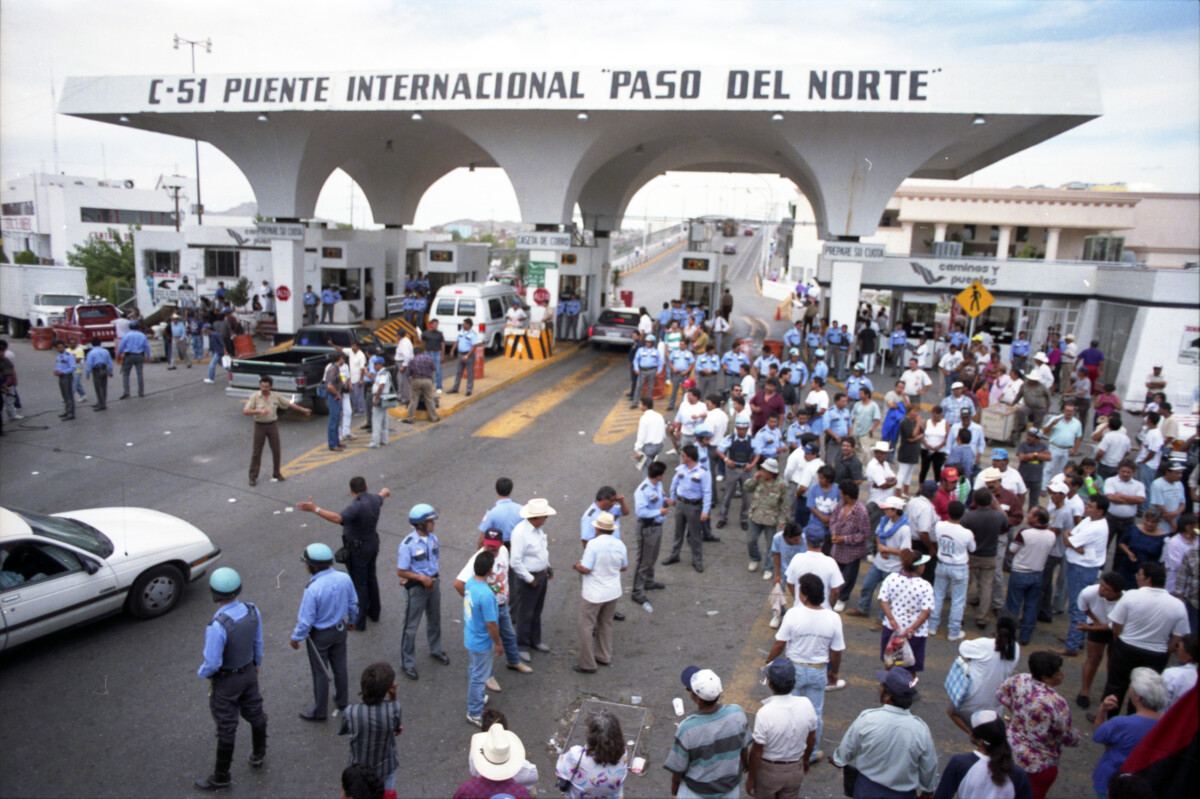
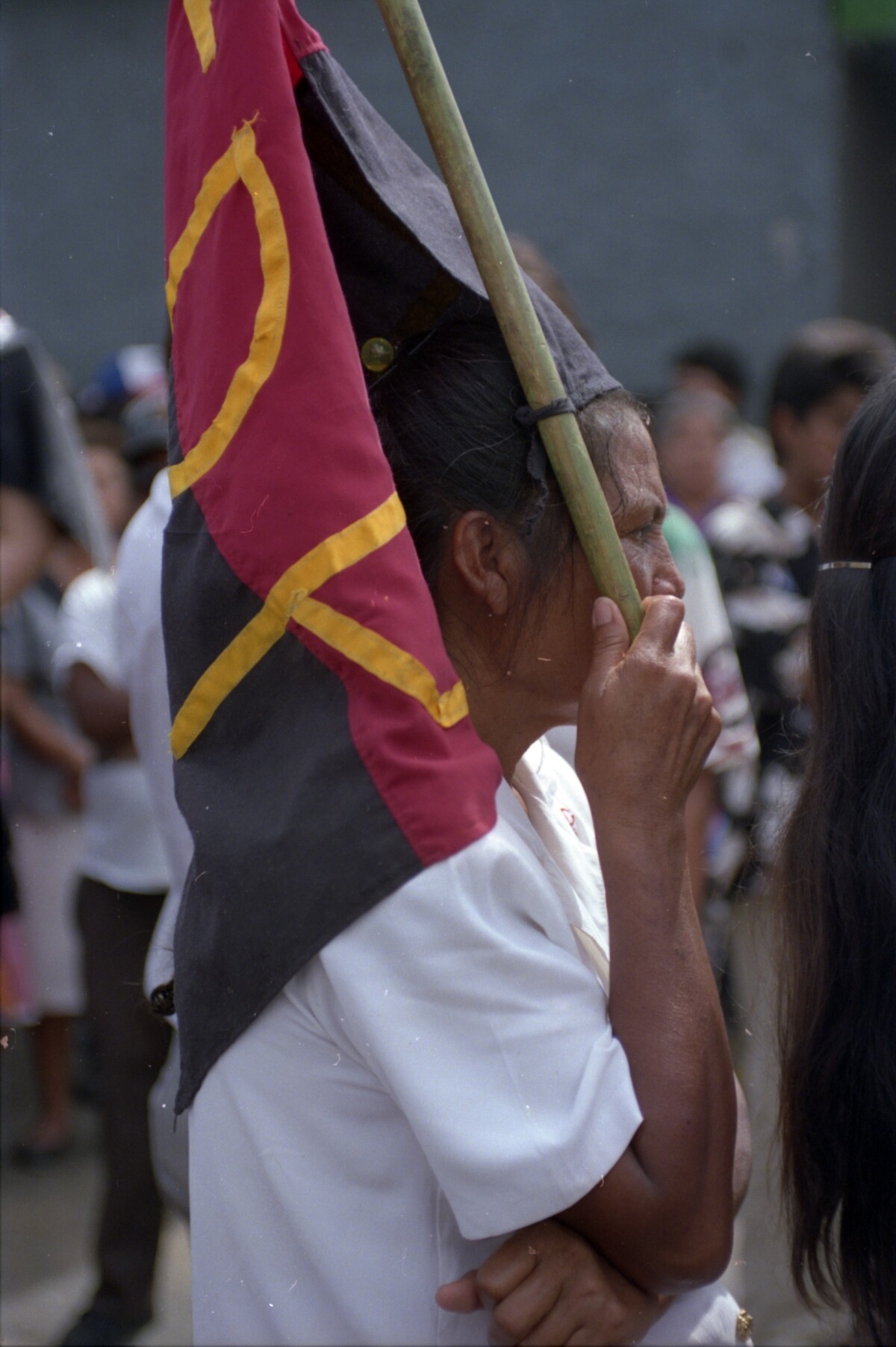

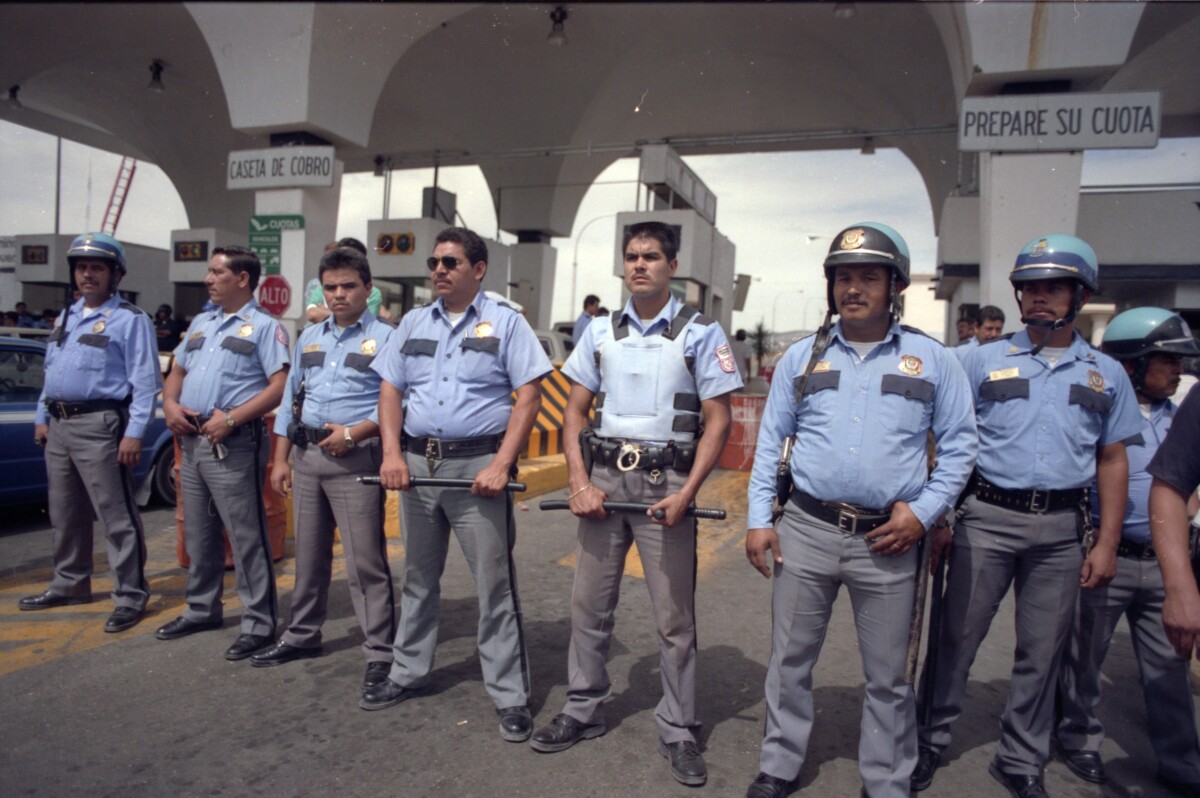
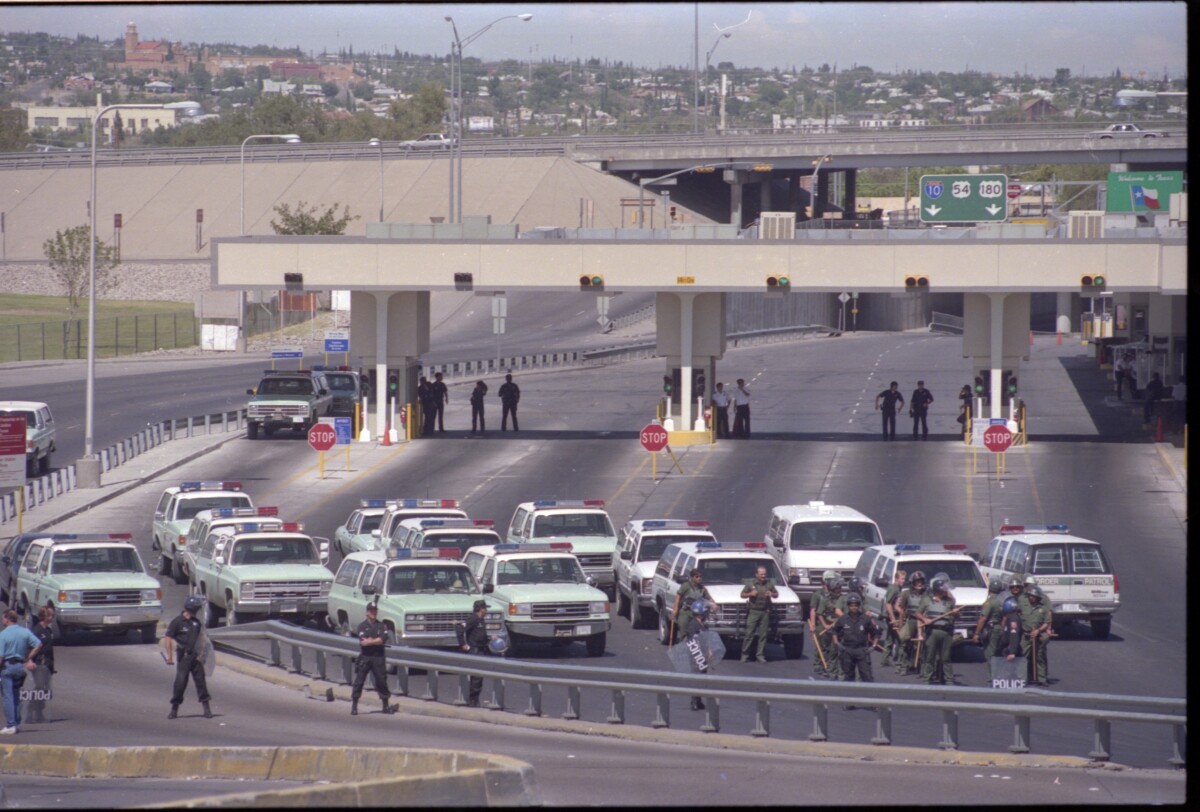

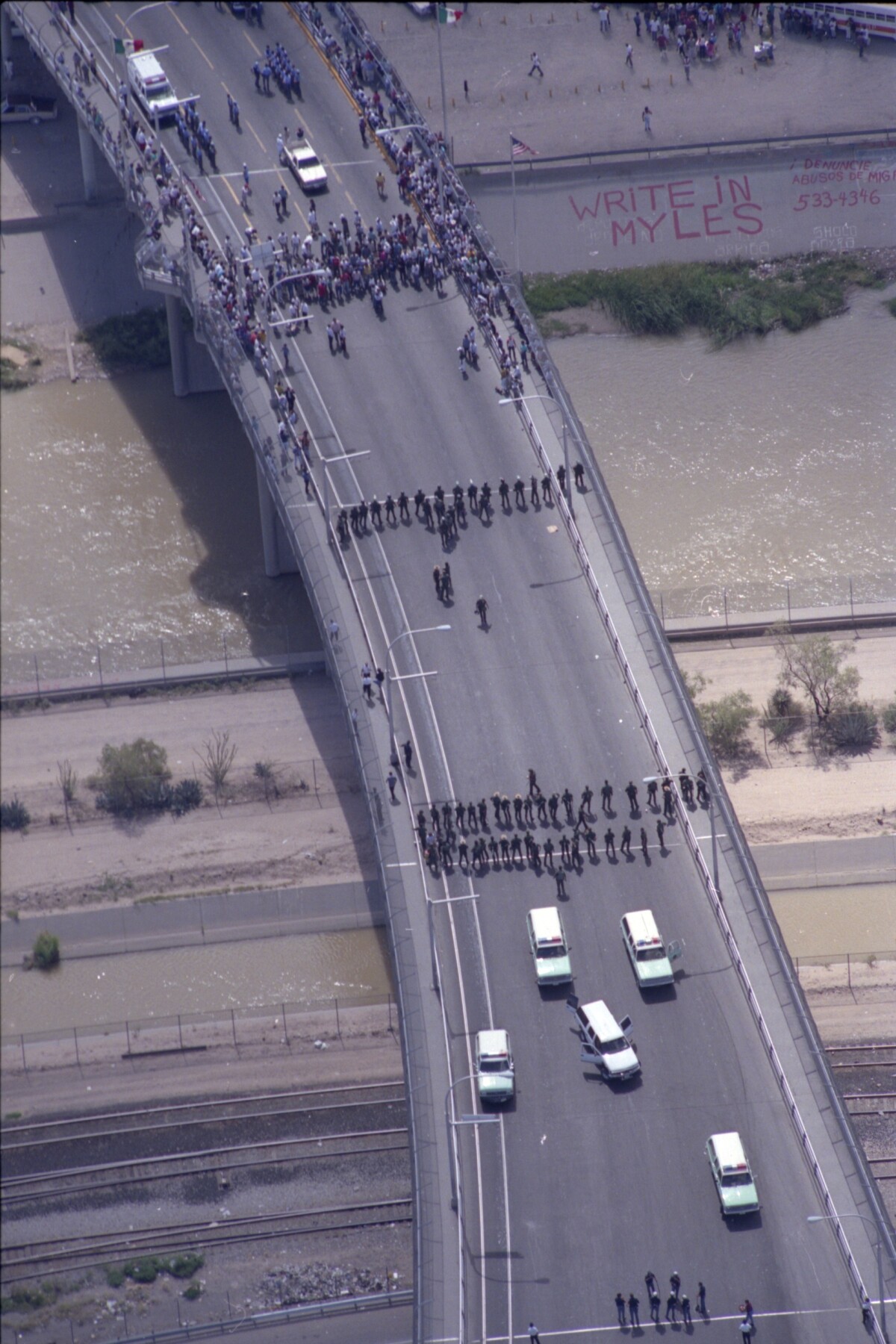
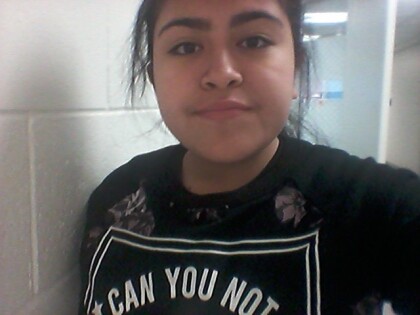
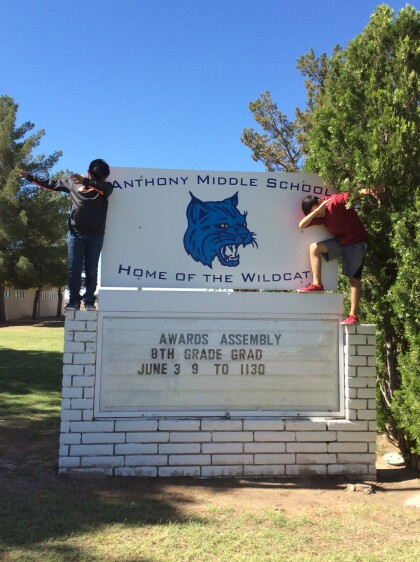
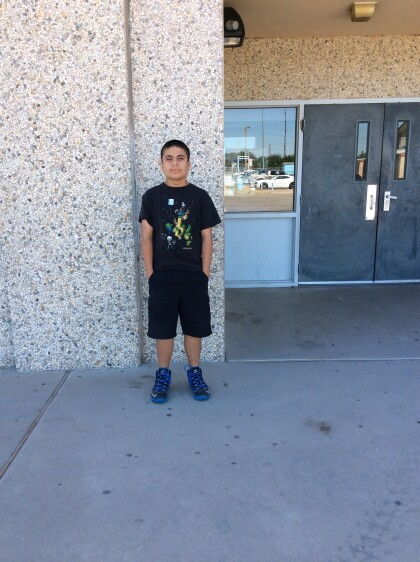

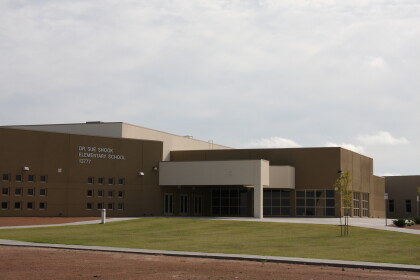
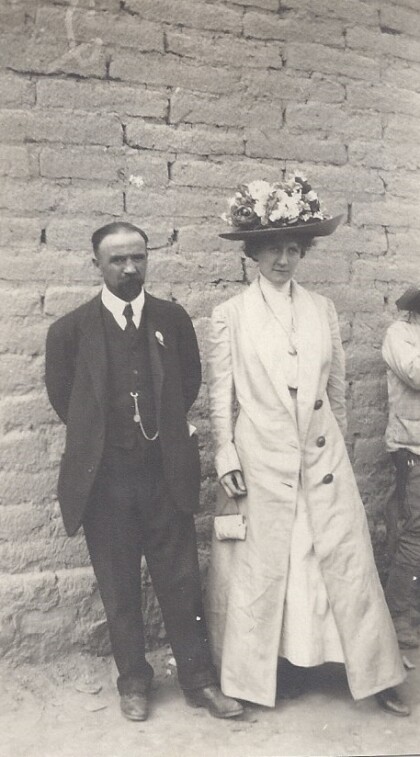


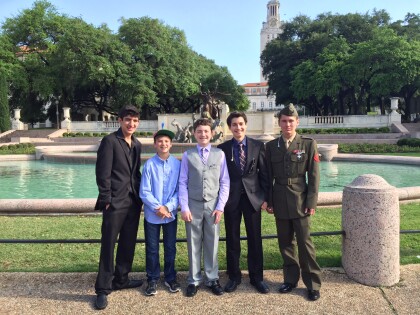
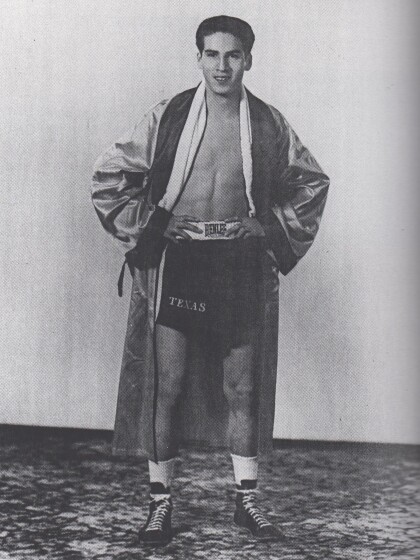

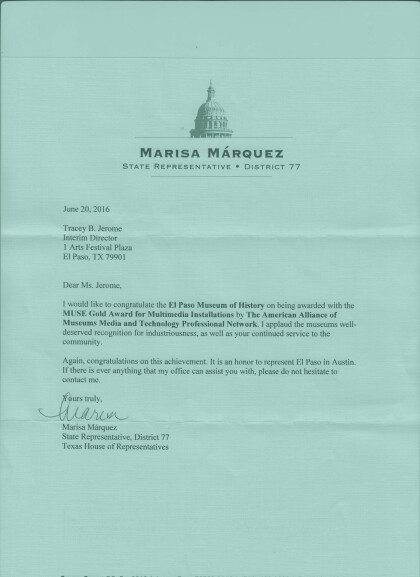
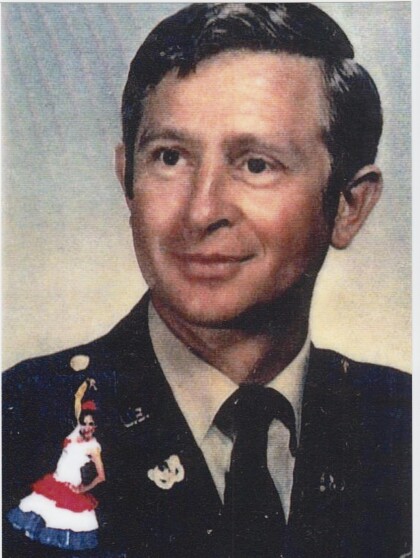
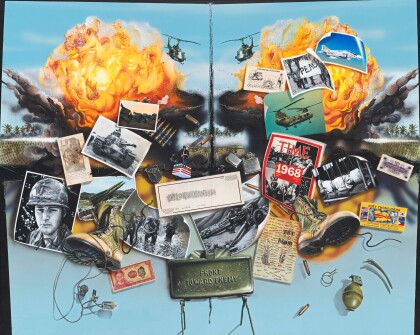
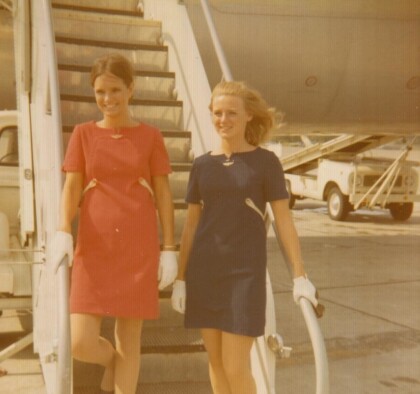
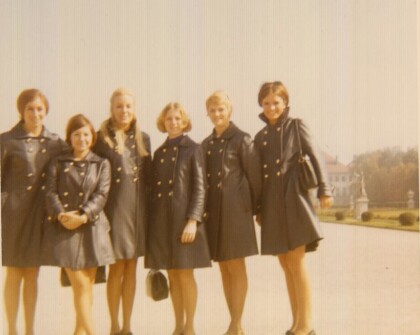
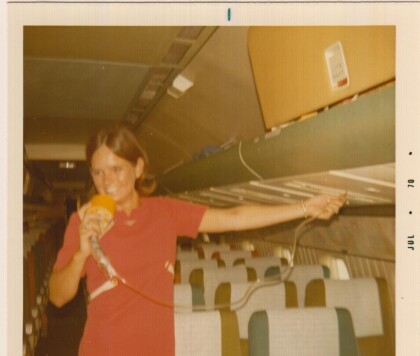
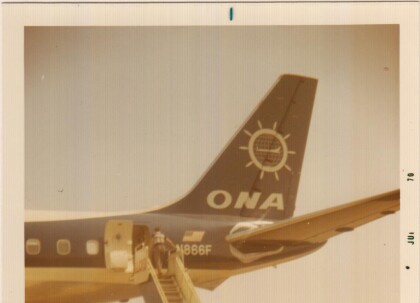

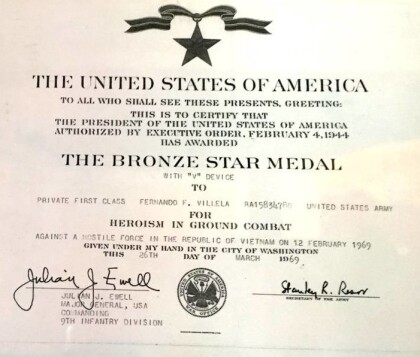

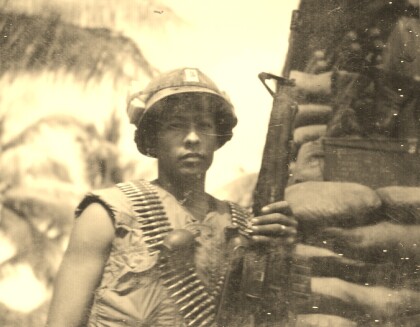

Comments
Add a comment